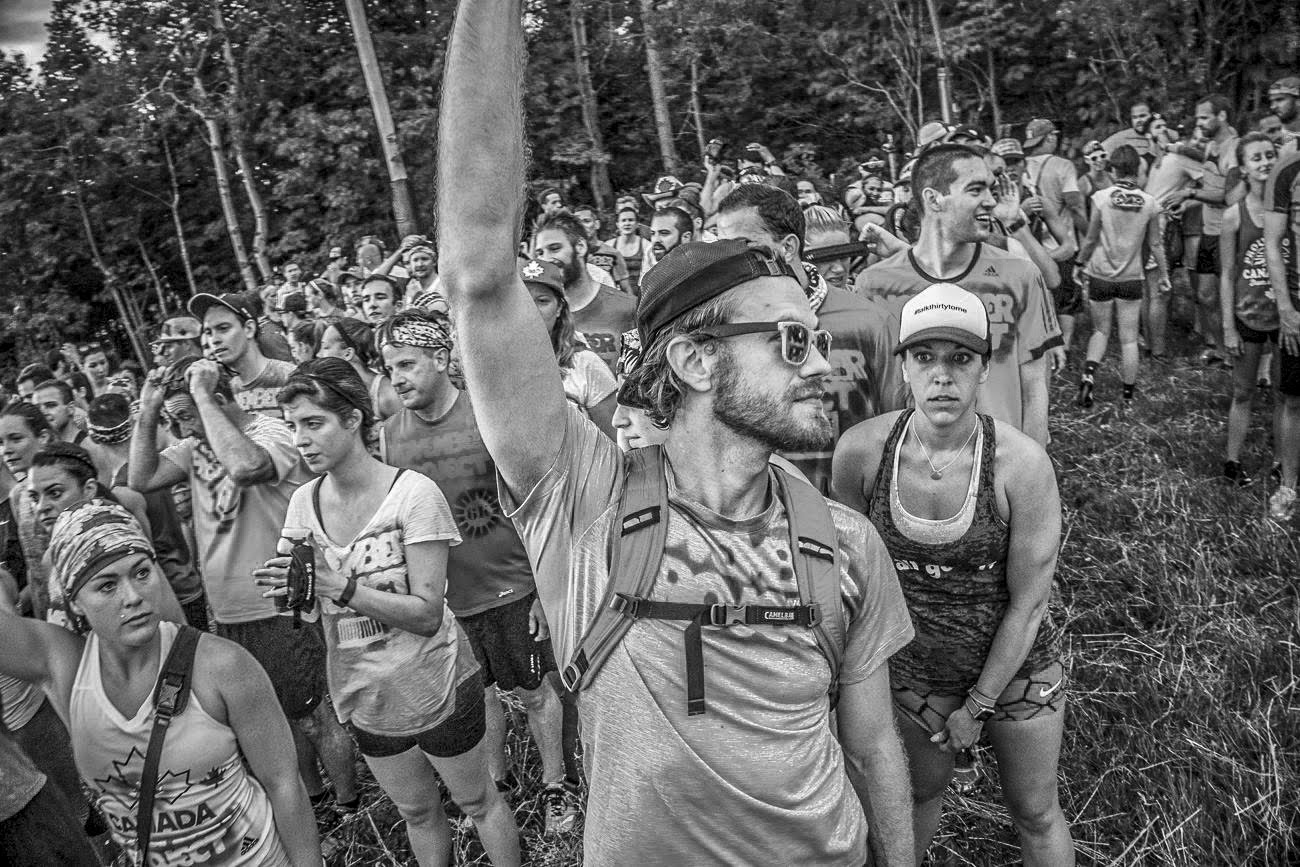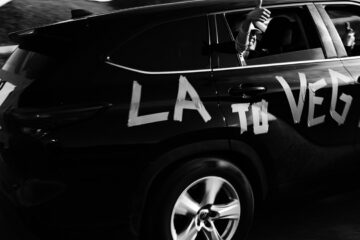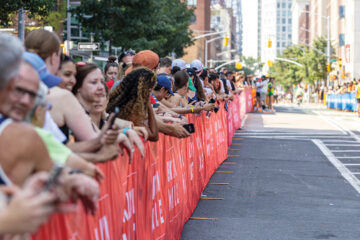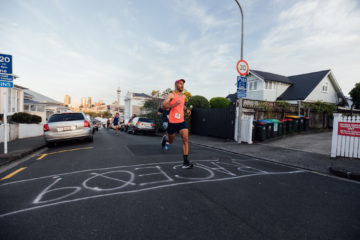Words by: Joey Kile
Images by: Various
When I was 15 I told my High School track coach that at 30 I would run the Boston Marathon. At first glance that doesn’t seem like too lofty of a goal. Most people who consider themselves runners have probably run at least a couple before rounding out their third decade. Back in the early 2000s, however, I wasn’t much of a runner. The farthest distance I had ever covered by foot was four miles, nowhere near a marathon distance. Running was something I did to stay in “shape” and I use that term very loosely. So 15 years seemed like enough time to figure it all out, right? Well here I am, 30 years old, and just around the corner is race day. The journey to now from then was something I would not have been able to predict.
Athletics have always been part of what makes me whole. With the changing of each season, my outfit did, too. Baseball, soccer, basketball, tennis, wrestling, track and field, on and on. If the intramural season was over, a camp was not too far out. Movement made me happy and competition kept me moving. Running, specifically, was something done as part of a bigger picture. It was a puzzle piece that was needed to get a ball from one end of the field to the next and so it was not a sport I pursued on its own until years later. Honestly, going outside to simply run felt weird. The angsty, self-conscious teen that was me thought everyone was watching. It wasn’t until my 20s that I even owned a pair of non-basketball athletic shorts.
Eventually we grow out of those awkward teenage years and in 2007 I graduated high school, university-bound to Boston. The choice to go to Boston and the home of the big marathon would have been a great piece of the story if it’d had anything to do with running, but it was merely coincidence. At university I made my way through the athletic clubs, not wanting to let go of my competitive nature, and wrestled for a couple seasons before walking on to the rowing team. I had never rowed before, but my body was beat up from the decade of grappling and I still desired to compete at a high level. I learned about new types of pain, from surviving a 2k to pulling oars through popped blisters and shredded calluses. It was an invaluable experience and only lasted for one season.
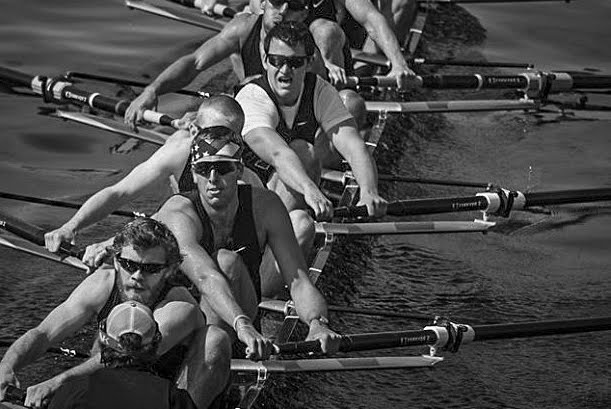
In my senior year, with no athletic prospects on the horizon, I got my first chance to partake in the Boston Marathon. My roommate at the time had chosen to run for charity and joined one of the many local teams raising money for good causes. I nonchalantly offered to pace the last nine miles, having never run more than eight, and knowing there was a convenient T-stop nearby. On race day I hopped on to the green line and took it out to Woodland where I waited until he ran by. This was 2012, by the way, and if anyone remembers, it was a very hot day. People dropped like flies and dehydration and sunburns were having a field day. My roommate’s time had dipped off dramatically as a result and I waited and waited to meet him at the spot.
About 30 minutes after his expected arrival I was able to make out his figure bobbing in the distance like a mirage in the desert. He was slightly redder than anticipated, but that did nothing to deter his drive to finish the race. As he passed by I stepped on to the course and for the next nine miles we jogged and walked and hydrated. The crowds would yell out to him by name, reading off the letters he had neatly Sharpied onto his bib. Not once over those miles did the cheers ever die down. Mile after mile, high five after high five, drunk college student after drunk college student, the electricity was exhilarating. Once again, I thought back to what I had told my coach, and how through sheer coincidence I was bringing myself closer to that goal.
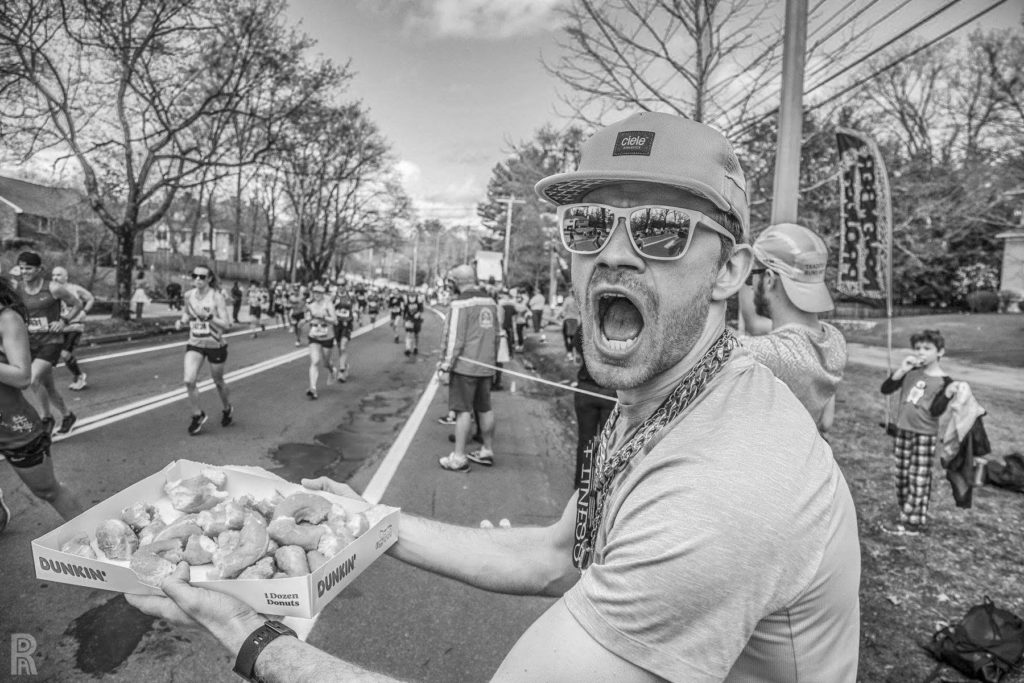
Once I graduated university there didn’t seem to be too many options for athletics. Recreational sports included Sunday kickball followed by heavy bouts of drinking. Although that had some appeal for a young man, being free of a study schedule and homework for the first time in 17 years, I wasn’t someone who could bury my training in the back of the closet with my old sneakers. I still hadn’t found running and didn’t know about the many organizations and teams that got together every week to log miles. The void I felt without sport would be left empty for some time before I realized that it wasn’t the fitness that I yearned. My happiness didn’t come from hours of training in solitude awaiting the brief moment of spotlight that comes with competition. My happiness came from the hours spent with a team, a community, or a tribe with a unifying goal steeped in solidarity and high heartrates.
Looking back I was most full when involved in the Boston chapter of The November Project, a free fitness-based community centered around starting your day with hugs, profanity, and lots of sweat. Year-round these folks get together every week, no matter the weather, to exercise and hug it out. You can find them in over 50 cities worldwide, all with the same mission: human development and community building through empowering group workouts. It was with the Boston Tribe that I found running to be more than a way to stay in shape. It was a way to build bridges between people and make the world a smaller place.
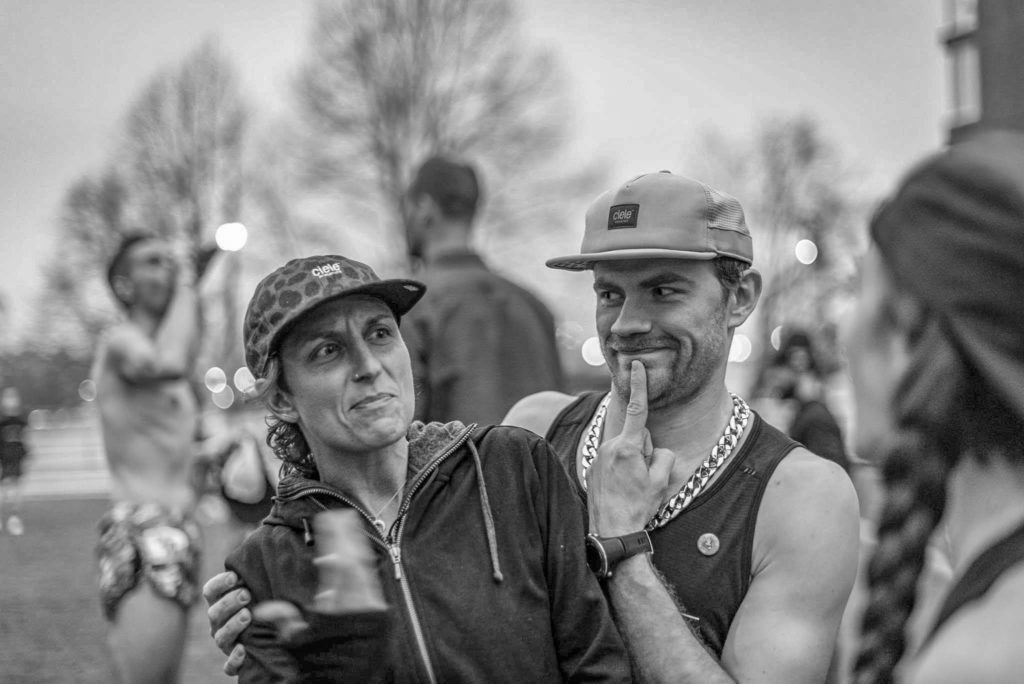
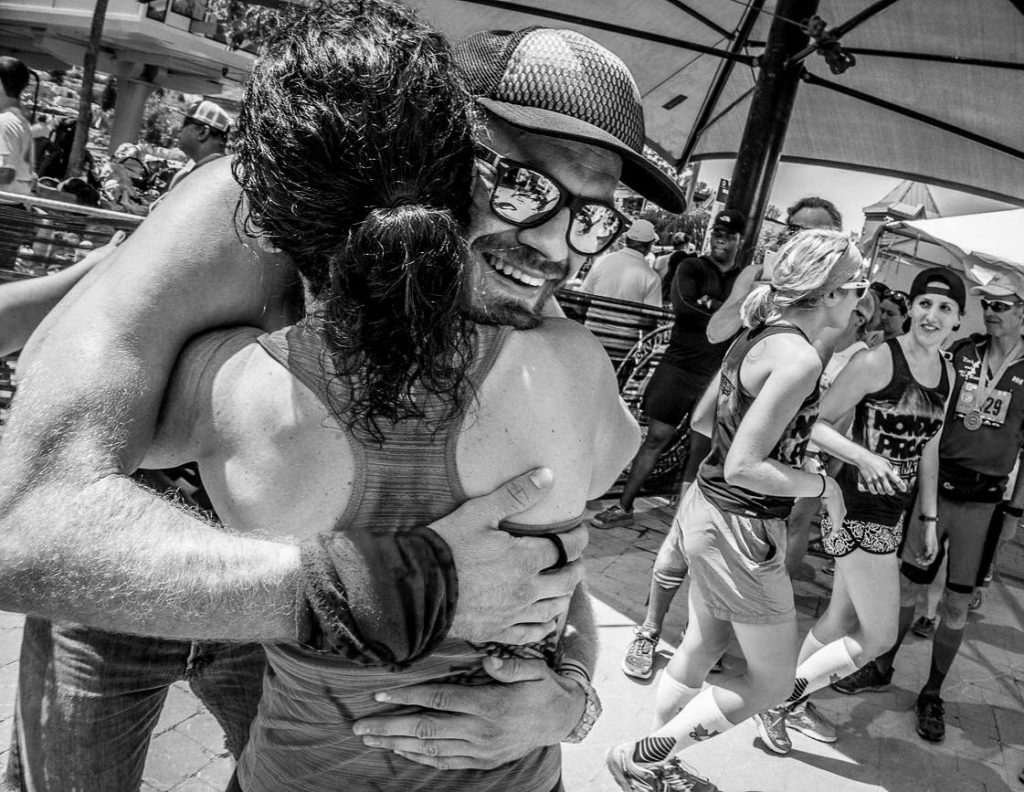
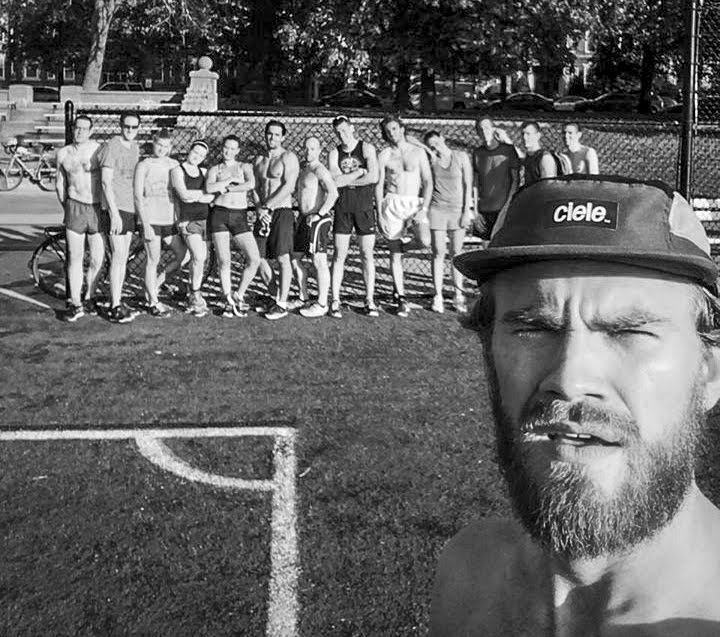
November Project (also known as NP) gave me a reason to wake up at 5am three times a week. My new found friends expected me to be there and I them. We had accountability that was stronger than any paid gym membership. No longer bound by university or team practice or student budget, I traveled for races with these wonderfully wacky people and began training for 5K’s and half-marathons. I began learning how to train for running. I was scheduling track work and tempo runs in between NP workouts. My mileage volume increased and my times got faster and faster. One day I had a strange thought, “why don’t I run a marathon?” It seems like a normal progression in the pathway that I was on, especially for those who run regularly. I wasn’t interested in running an official marathon, though. That didn’t seem hard enough.
A marathon requires a person to face not just the road, but themselves. You need to be able to deal with doubt, pain, and potentially chaffing (the worst of them all). It was at this time I thought back to my conversation with my high school track coach and the years that had passed since then. I certainly wasn’t fast enough to qualify for the Boston Marathon, but I could at least see if running 26.2 miles was feasible. So one chilled Fall Friday, at 3am, I got up to run a marathon and told no one. My race course? The Summit Ave hill in Brookline, the sight of the Friday Boston NP hill workout.
The “front side” of Summit Ave is a 0.4 mile stretch from a fire hydrant at the crest to a stop sign at the base. To cover a marathon I would need to go up and down this course 32.75 times, so I rounded up to 33. By 6:30am, when the NP workout began, I was 2.5 hours and roughly 16 hills into my first marathon. By 8:55am, I covered the last hill, at a walk, having lost the desire to take any more downhill pounding on my knees. My feet were blistered, my Achilles slightly bloody from rubbing against my shoes, but I had done it. I had run my first marathon, albeit on a hill, at 4 hours and 55 minutes.
Fast forward a couple years and I eventually made my way to long distance trail running. I was finally the proud owner of black toenails and my feet were only getting uglier, just like I wanted. There was freedom that came with being off the road. The lack of rumbling cars and bustling pedestrians left my brain alone to process all the gunk that had built up during the office job work week. A Zen-like state could be found picking my way through the New England rock and root trail systems, placing my feet with intention to avoid a stumble.
The runners that frequented the trails seemed friendlier and more laid back than your competitive roadster. There was a shared camaraderie that came with being outside and a nod and wave were more frequently shared than with your average 5k’er. On race day most of these personalities were out there to cover the distance and race only themselves. Their packs or vests full of whatever was needed to sustain them for the next five to six hours. Elevation gains were prepared for and nutrition now included salt packets and peanut butter and jelly sandwiches. I learned the hard way that you do not want to run the hills; otherwise, by hour three, you may hit the infamous bonk and be left limping the remaining nine miles because your quads and calves no longer work.
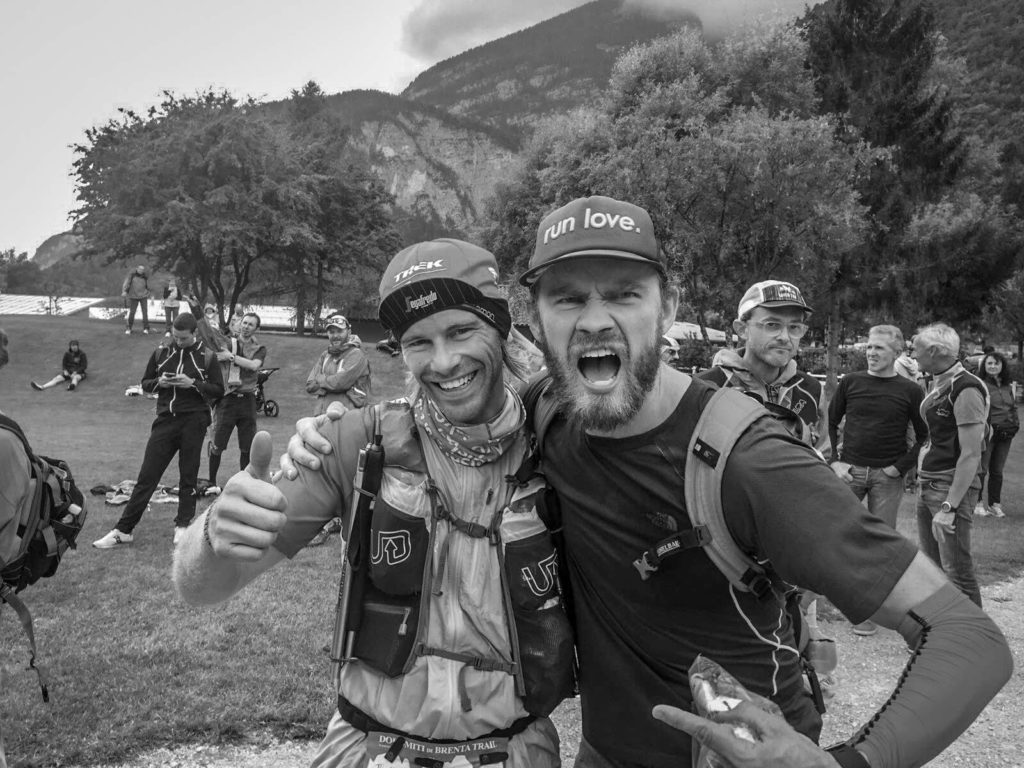
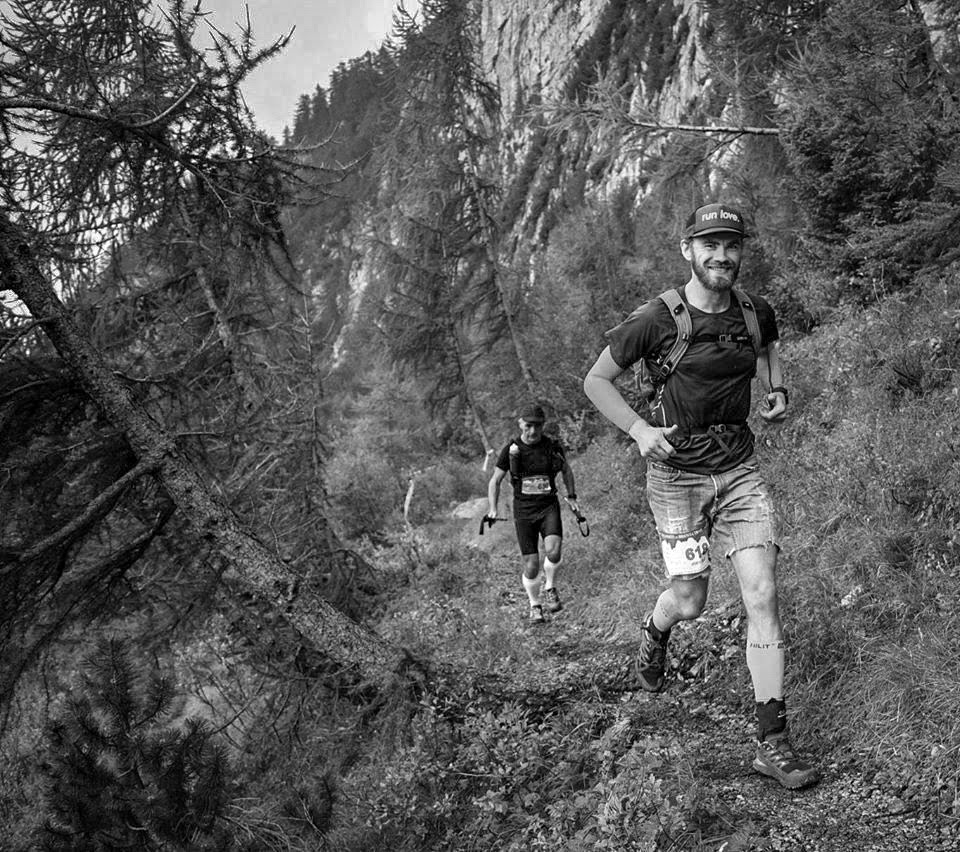
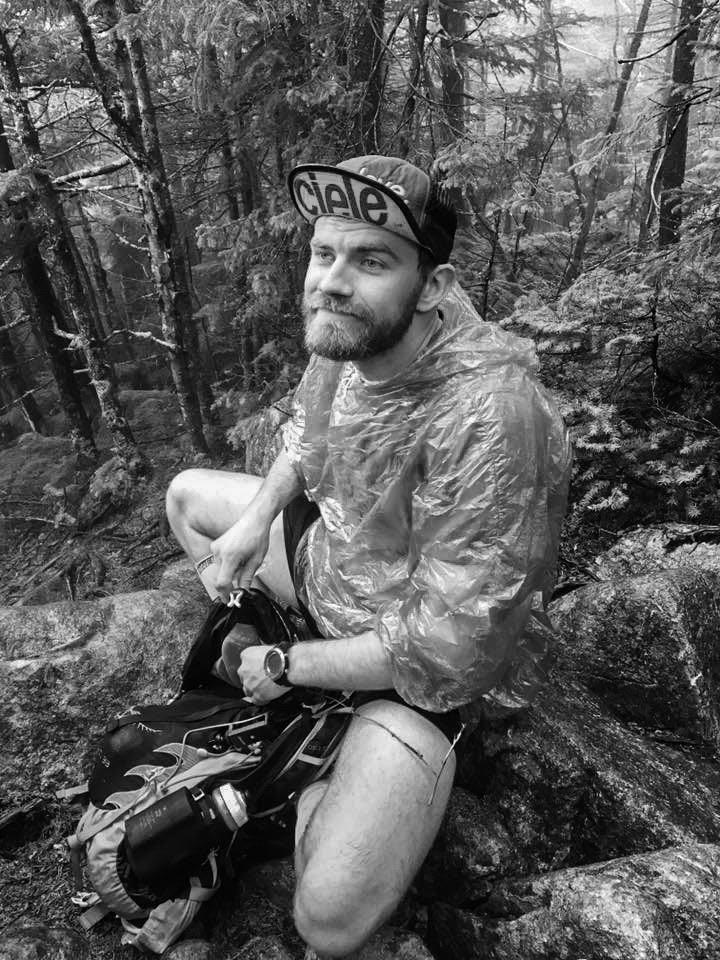
It was at this point in the journey the Boston Marathon began losing some of its appeal. It would be nice to say that I fell in love with road running from the very first mile, but it took me two years before I began to enjoy it. Now, deep in my ultra-training, the only time I ran on a road was when I was getting to a trail. Race courses no longer consisted of neighborhoods and intersections, but peaks and scree. I was traveling to new countries, experiencing new cultures, and eating everything I possibly could. I loved all of it; however, too much of a good thing is still too much. I had a hip that was always acting up and an ankle I could never trust to not roll over the slightest root or rock. My spine hurt from all the miles being covered.
I wasn’t about to stop exercising, though. I went looking for answers. I tried new things. I started bouldering at the local rock climbing gym and getting back to weight training. I saw a chiropractor, a physical therapist, changed my diet. I went to yoga every week, twice a week. The only time I ran now was at a track workout or some casual morning hills. As the weekly miles became fewer, I was spending more time at the gym until eventually I stopped running. My community of friends were still all runners so I would pop in on a social event every now and then. The good news was that the strength work I was doing finally alleviated my back pain. I could trust my ankles more to stay together after all the balance and unilateral training. My left hip felt mobile and strong, without any twinges or tweaks. The Boston Marathon was no longer on my horizon, though, until one day I received an out-of-the-blue email.
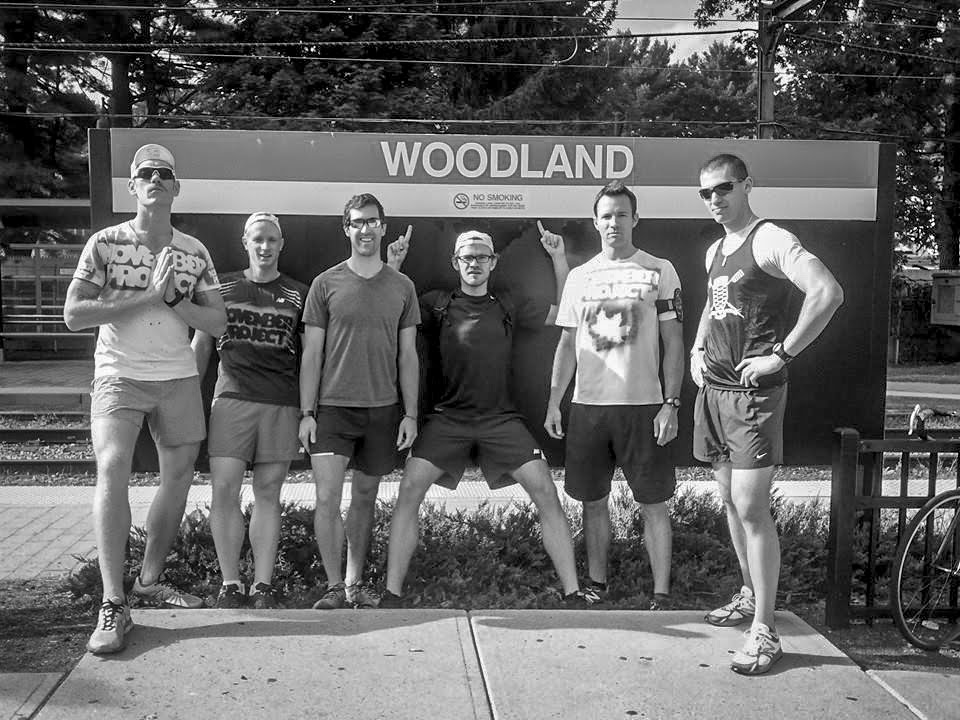
Most big things in life are typically an accumulation of many small things. A person builds themselves up one brick at a time until one day all those bricks become the house of their dreams. Some of the most memorable things to happen in my life were not ones that I had sought. Those things had entered into my life through luck or coincidence, usually in the form of a text message or an email, and I made a choice to act on them. Back in October, the day was like any other. An email with the most simplistic of subject lines, ‘runners’ pops into inbox. In that message an acquaintance asks a small group of us if we had interest in running the Boston Marathon. What’s the catch, I asked myself. There was no way I was running a qualifying time with this short notice nor was I about to ask people for thousands of dollars. Turns out there was a third option. All I had to do was pay the entry fee for the race and I would have a bib officially in my name and recognized by the BAA. No way is that a thing, I thought, but it was. If I didn’t hop onto the opportunity someone else would.
I laughed a bit at how serendipitous it all seemed. I thought back to my high school days and what I said to my track coach. Now at 30, having gathered an extra 35 pounds and a long list of injuries, I have my opportunity to fulfill a dream from so many years ago. It wasn’t daunting to face that goal again. It was thrilling. I knew I could cover the distance if committed. I would have to start training again, of course, and thankfully the previous decade had prepared me for that. I had finally learned how to run and to train and made friend after friend along the way. I wouldn’t need to do it alone.
So here I am, 30 years old, and with a bib. At each mile of the marathon I will be with my peers and my friends. At the water stops there will be those who know my name and others who will read it from my bib. We will all be bonded by the brotherhood of sport and community and in those moments we will be as one. To my coach, I will let them know that I did it. To my friends, I will thank them for their partnership and logged miles. All that is left now is to tie up my laces and put my toes to the line. Boston here I come.


